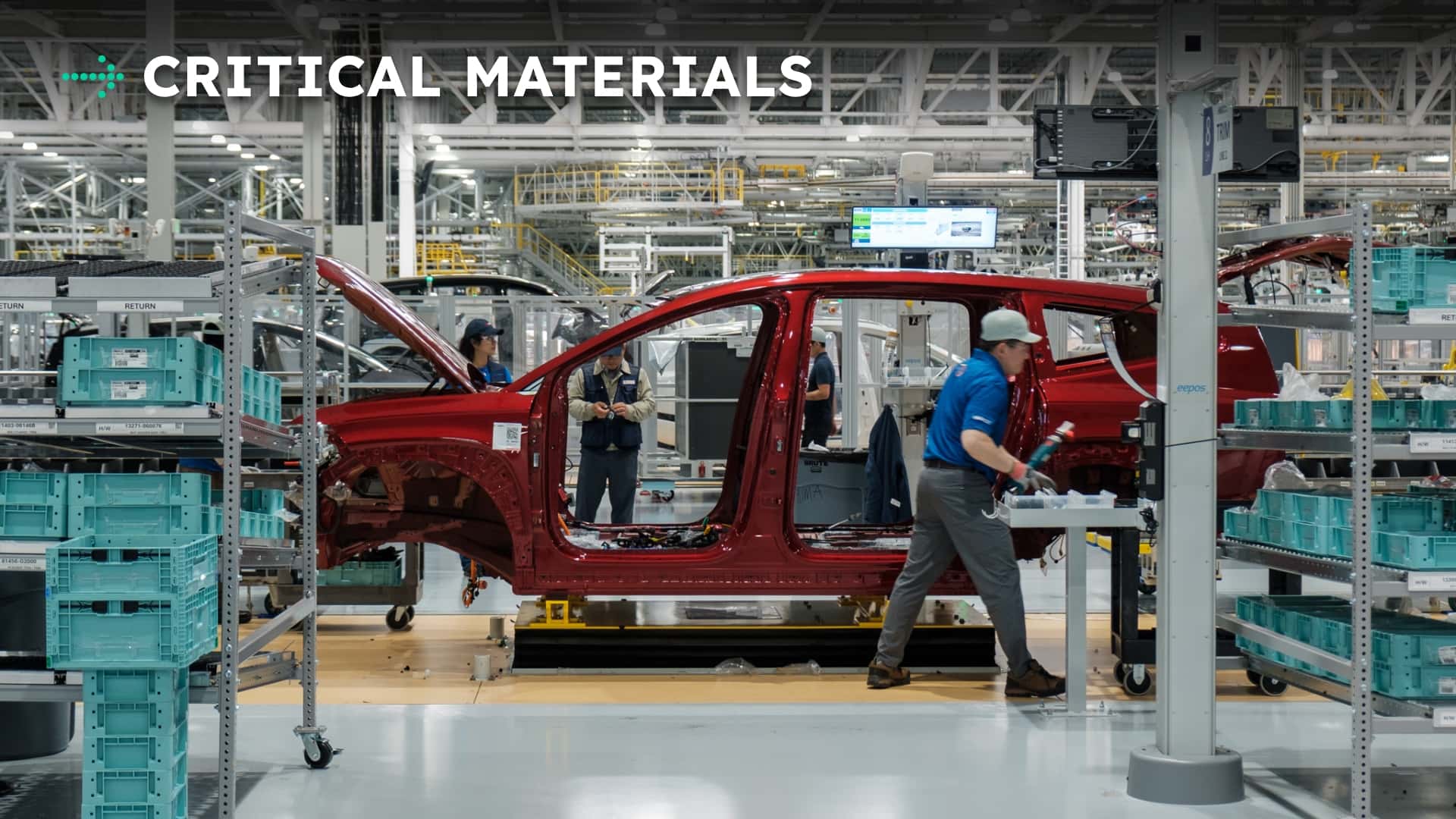
Hyundai Expands Georgia Metaplant with $2.7 Billion Investment
Hyundai is moving forward with the second phase of its Metaplant expansion in Georgia, injecting $2.7 billion into the project. This investment is projected to create approximately 3,000 local jobs to support the production of electric vehicles (EVs) and hybrids within the United States.
The expansion will increase the plant's production capacity by an estimated 200,000 units, bringing the total annual output from the Georgia facility to half a million vehicles by 2028. These vehicles will include a mix of 10 hybrid and fully battery-electric models. The announcement was made at Hyundai's annual CEO Investor Day event in New York.
The 3,000 new jobs represent a significant increase in the region's workforce. The EV industry in the region, encompassing companies like Hyundai, Rivian, and SK, already accounts for roughly 26,000 jobs. Hyundai's pledge represents an 11.5% increase in job creation.
The $2.7 billion investment also constitutes a substantial addition to the $27.3 billion already pledged to Georgia's local economy since 2018 by EV manufacturers and their suppliers. This expansion will assist Hyundai in achieving its objective of manufacturing 80% of the vehicles it sells domestically within the United States. The company is also aiming to increase its use of locally sourced parts from 60% to 80%.
Hyundai envisions the Metaplant as its next-generation manufacturing hub in the U.S., describing it as a "software-defined factory." This implies the integration of advanced automation systems and robotics technologies derived from its investments in Boston Dynamics.
This expansion is part of Hyundai's broader plan to increase its total electrified output to 3.3 million units per year by the end of the decade, with the Metaplant contributing 15% of that total, or 1.2 million cars.
The investment signifies Hyundai's confidence in Georgia as a growing hub for EV production and its commitment to manufacturing vehicles in the U.S. This strategy aligns with the belief that building cars domestically is the most effective way to ensure sales and maintain its position in the EV market.
The Looming Threat of Chinese EVs to European Auto Industry Jobs
The European automotive industry faces a double challenge: the transition from internal combustion engines (ICE) to EVs and the increasing presence of Chinese EV manufacturers. The shift to EVs necessitates fewer labor hours for vehicle and component manufacturing, while the influx of Chinese EVs threatens to undercut European automakers.
Industry leaders and trade groups, such as the European Association of Automotive Suppliers (CLEPA), are advocating for "smart protectionism" to prevent a rapid takeover of the European auto industry. They warn that the consequences of inaction could be more severe than the job losses associated with the transition from ICE to EVs.
The European Commission's action plan for the automotive industry includes European content requirements. However, industry stakeholders emphasize the urgency of implementing such measures.
The shift from ICE to battery electric vehicles (BEVs) will result in job losses due to the reduced labor required for EV production. CLEPA estimates that hundreds of thousands of jobs could disappear in the next 15 years. A study released by CLEPA indicated that Europe could lose up to 350,000 jobs due to the combined effect of the powertrain transition and the transfer of value outside the EU.
Chinese automakers, including BYD, Chery, and Leapmotor, are establishing assembly plants in Europe or have announced plans to do so. The use of pre-assembled kits (semi-knockdown or complete knockdown) in these plants could further impact job creation, as the manufacturing of batteries, powertrains, and other components may no longer occur within Europe.
Advocates for protectionist measures are calling for local European content sourcing requirements as high as 80%. In comparison, the ICE industry has a local sourcing figure of around 90%, while BEVs currently stand at 35% to 45%.
The situation mirrors the local sourcing requirements for the EV tax credit in the United States. Automakers must meet specific parts sourcing requirements to qualify for the tax credit, otherwise, their vehicles become less competitive.
Battery Availability Improves as EV Tax Credit Ends
The phasing out of the EV tax credit, while seemingly negative for consumers, may have a positive impact on battery availability. As automakers adjust production to account for an expected slowdown in EV demand, battery manufacturers are experiencing increased production capacity. This development benefits startups and companies that have been paying premium prices for batteries due to high demand.
The CEO of EV startup Slate, Chris Barman, stated that the end of the tax credit has opened up opportunities for the company. Slate Auto had been prioritizing meeting the mineral and manufacturing location requirements to qualify for the rebate. However, with some EV companies pulling back on launch plans, Slate is now able to survey multiple battery suppliers and explore pricing options.
Barman's observations align with broader trends in the EV battery market. Historically, battery prices have been closely tied to raw material costs. As demand for EV batteries increased, so did prices. However, economies of scale have also contributed to reducing the overall cost per kilowatt-hour. This has led to significant investments in domestic battery manufacturing capacity.
If demand for EV battery cells decreases, prices are expected to follow suit. This will allow the market to reach a natural equilibrium reflecting true market prices. This is beneficial for manufacturers seeking to reduce costs and particularly advantageous for smaller EV startups.
For companies like Slate, the ability to purchase battery cells without being constrained is a significant opportunity. It allows them to evaluate multiple manufacturers and price points, potentially offsetting costs for its low-cost electric pickup truck and even further reducing its price.

No comments:
Post a Comment